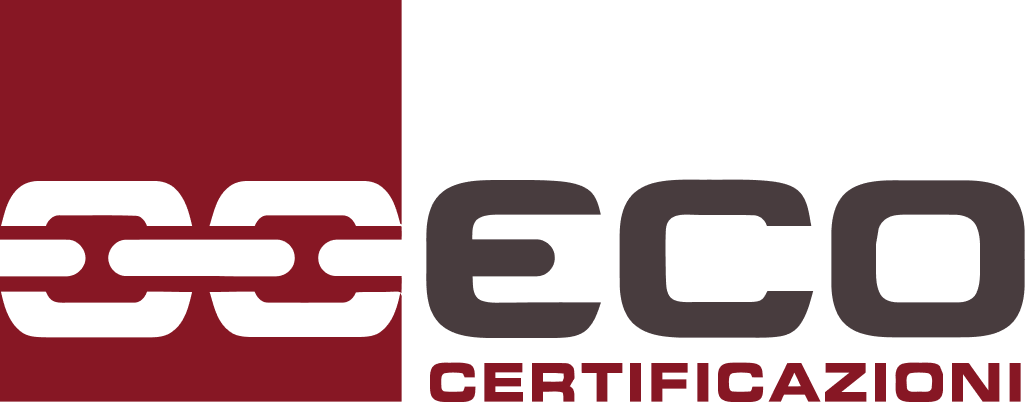Welding procedures
The welding procedures are generally indicated in the technical documentation through codes. There are different codification systems linked to different sectors of use. Among the most common, there are EN 1090 and ISO 4063.
A material is considered weldable when it can be used to build a structure where the continuity is ensured and presents characteristics that meet the required quality standards.
The management of the various welding and brazing processes are based on the selection of specific parameters for each type of process. In most processes it is especially possible to identify two characteristic parameters: the specific power, which represents the thermal power distributed per specific unit of the base material (measured in W/cm2) and the welding speed, which represents the speed of the heat source (measured in cm/min).
Materials
The welding process involves one or more types of materials that mainly play two roles:
- Base material, or the material that constitutes the pieces to be welded; both pieces may be of the same material (homogeneous welding), or of different materials (heterogeneous welding). The metallic materials that are traditionally joined are steel, aluminium alloys, nickel alloys, and titanium alloys. The only polymeric materials that can be welded are thermoplastics.
- Filler material is that introduced in the form of rods, wires, or tapes and is deposited in a melted state between the elements to be joined. The filler materials are always particularly pure, so impurities within the fusion zone of a joint generally come from the base material. Its use it not required for all welding procedures.
Types of welding procedures
Welding processes have been adapted over time in keeping with the development of materials and production technologies; the processes that were most developed in industrial settings belong to the fusion welding category.
The processes used can be classified in the following subgroups:
- Arc welding.
- Electric resistance welding (ERW).
- Oxyacetylene welding.
- Concentrated energy welding.
Welding techniques
The welding process may be manual, semi-automatic, automatic, or robotic, depending on the equipment and the method of execution.
- MANUAL: the welder manually regulates the equipment and handles the electrode or the heat source. Conversely, in the automatic process a device provides power to the electrode or the beam generator, to maintain it at a suitable distance from the piece and move it along the welding line.
- SEMI-AUTOMATIC: a device provides power to the electrode or supplies the current, while maintaining the other parameters constant. SImoultaneously, the operator carries out the task of moving the electrode along the welding line.
- ROBOTIC: the operation is carried out using an industrial robot or a programmable robot manipulator. It is used mainly for electric arc welding under the MIG/MAG and TIG gaseous protection and for Laser welding, but also in the final assembly systems of automobiles for electric resistance welding of body parts.
Over the years, methods have been developed to verify welding quality; they call for the use of Non-Destructive Tests (NDT) and Destructive Tests.

